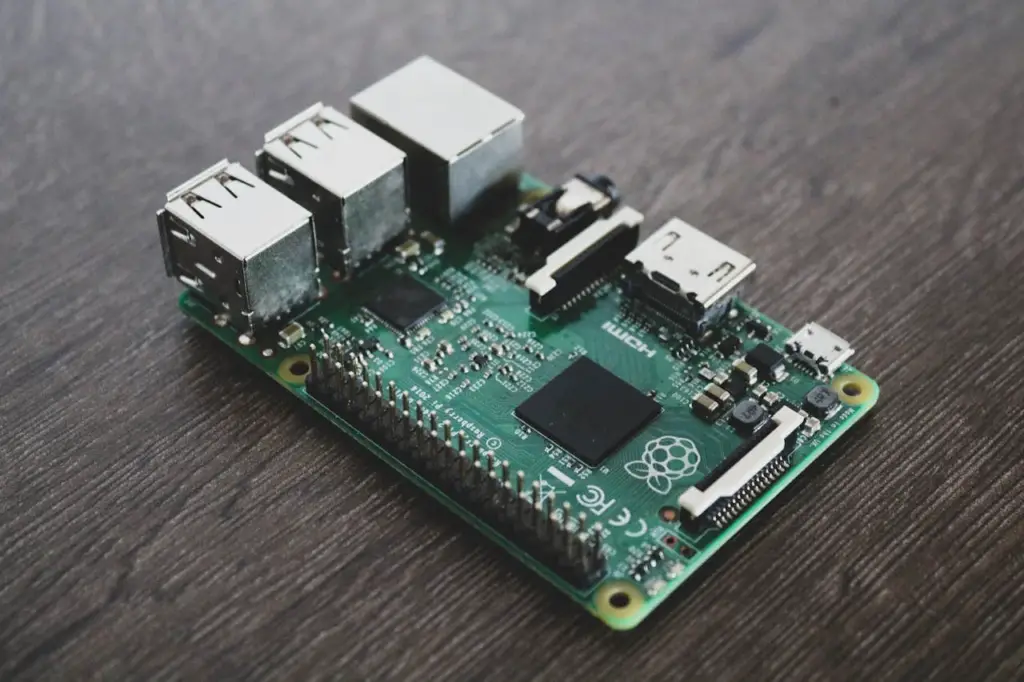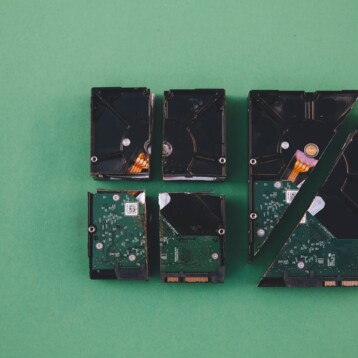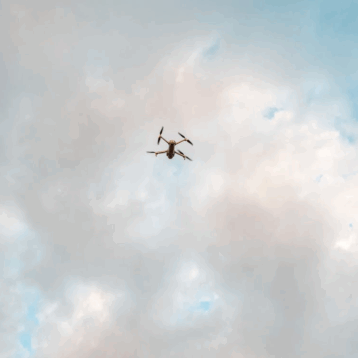Smart cities stand as modern benchmarks in urban planning, blending technology to boost efficiency, safety, and sustainability in urban environments. A crucial yet often overlooked element in the design of these cities is KVM (Keyboard, Video, Mouse) technology. By 2028, the global smart city market size is expected to hit 1,114.4 billion, underscoring the extensive efforts to upgrade urban infrastructures and services with cutting-edge technologies. This investment emphasizes the vital need to integrate diverse technological systems, including KVM.
By centralizing control and oversight, KVM technologies occupy a fundamental position in strategic urban governance. Before exploring the indispensable role of KVM technology further, let’s pose a question: What if the comprehensive integration of urban systems could be centrally managed and securely monitored?

Understanding KVM Technology and Its Applications
KVM technology facilitates the management of numerous computers and network devices using one or more sets of keyboards, video displays, and mice. For example, KVM extenders expand your possibilities by letting you extend computer signals over IP or dedicated cables, allowing the operation of a computer from a workstation up to more than 6 miles away.
This considerable extension capability is crucial for the oversight and upkeep of the numerous interconnected technologies that sustain a smart city. The systems consist of a computer module (CPU) and a console module (CON), enabling IT administrators to manage systems throughout a city from central locations. By separating computers and users, a high-performance KVM extender not only makes workstations more ergonomic but also increases the security of the IT infrastructure. This setup empowers IT administrators to manage multiple devices remotely, boosting efficiency and enhancing the adaptability of urban systems to evolving technologies and requirements.
Enhancing Security in Smart City Operations
In smart city frameworks, maintaining robust security is critical. KVM solutions improve security by supporting remote access to vital systems without the need for physical presence, which minimizes the risk of unauthorized entry. This remote functionality is crucial during emergencies when immediate access to systems is necessary to swiftly address security breaches. With centralized control, cities can safeguard sensitive data and essential infrastructure against cyber threats more effectively, thus enhancing municipal safety and resilience.
Improving Efficiency in Municipal Management
Efficiency is key to rapidly scaling and adapting municipal services. KVM systems play a significant role by centralizing control operations, thereby reducing the time and resources needed for system upkeep and administration. Additionally, the capability to monitor and direct multiple city services from a singular location fosters coordinated actions across various departments, enhancing overall city management. This centralized method also facilitates faster responses to emergencies and system breakdowns, markedly optimizing urban operations.
Integrating Multiple Systems Seamlessly
A smart city encompasses a broad array of systems, from traffic management to public safety and utilities oversight. KVM technology aids in merging these systems by offering a unified control hub. The seamless integration enabled by KVM not only simplifies administration but also ensures consistent data flow among various city systems, improving real-time data evaluation and decision-making. This seamless system integration is essential for the effective functioning of a smart city, where prompt decision-making and system interoperability significantly influence urban living standards.
Reducing Downtime and Maintenance Costs
Employing KVM systems substantially cuts downtime related to hardware malfunctions and maintenance. Remote access capabilities allow technicians to address problems without physical site visits, which accelerates recovery times and cuts costs related to maintenance and transport. Moreover, KVM’s preemptive maintenance features can identify system irregularities before they cause significant failures, further reducing downtime.
Supporting Sustainable Urban Development
KVM technology aids sustainable urban development by lessening the need for extensive physical infrastructures. This reduction not only lowers energy usage but also cuts down on electronic waste, promoting a more sustainable urban setting. The strategic use of KVM systems aligns with broader urban sustainability goals, including reduced resource use and improved operational efficiency. By centralizing operations, cities can optimize the deployment of IT resources, which minimizes the environmental impact typically associated with sprawling hardware setups.
Additionally, by facilitating remote management capabilities, KVM reduces the frequency and necessity of vehicular travel for maintenance purposes, contributing to lower carbon emissions. This technology also supports scalability and future expansion without the proportional increase in physical resources, enhancing the ability to grow sustainably. Furthermore, KVM’s role in efficient data management and resource allocation helps urban planners implement eco-friendly policies and practices more effectively, ensuring that technological advancements go hand in hand with environmental stewardship.

Conclusion
Though often underappreciated, KVM technology plays a critical role in the development and management of smart cities. From boosting security and operational efficiency to fostering sustainable growth, the impacts of KVM technology are significant. As urban centers worldwide aim to evolve into smarter and more efficient entities, the strategic implementation of KVM systems will remain fundamental in successful smart city development. Considering the extensive potential of technology-driven urban environments, it becomes apparent that the backbone of their functionality relies on effective control and management systems like KVM.










